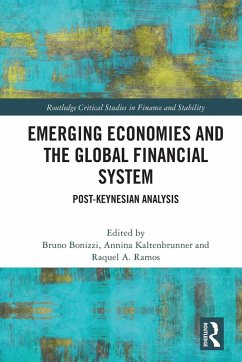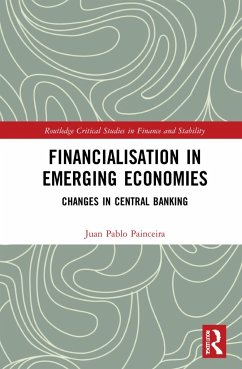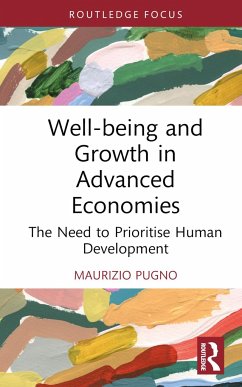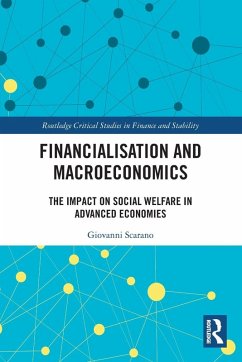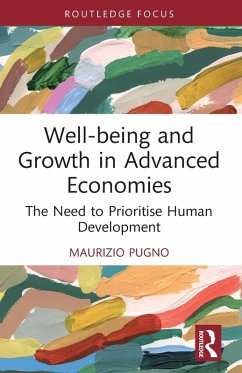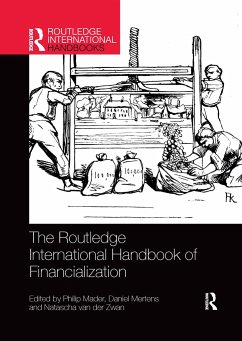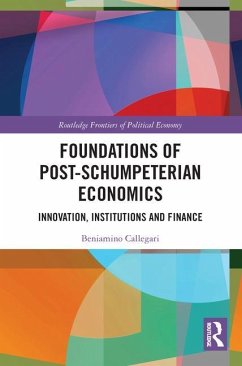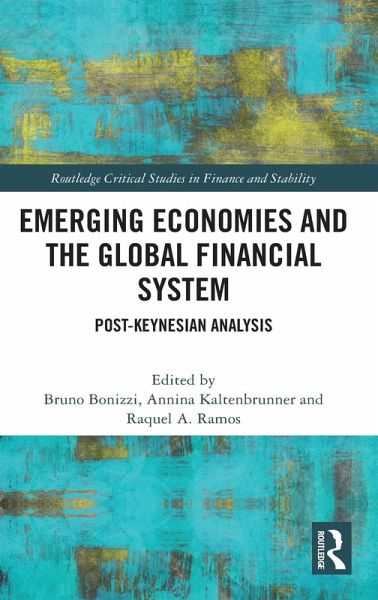
Emerging Economies and the Global Financial System
Post-Keynesian Analysis
Herausgeber: Bonizzi, Bruno; A. Ramos, Raquel; Kaltenbrunner, Annina
Versandkostenfrei!
Versandfertig in 1-2 Wochen
169,99 €
inkl. MwSt.
Weitere Ausgaben:

PAYBACK Punkte
85 °P sammeln!
This book provides a comprehensive overview of the financial integration of emerging economies through an in-depth analysis of the international monetary system, how it impacts capital flows and exchange rates, and its implications for policy making.




